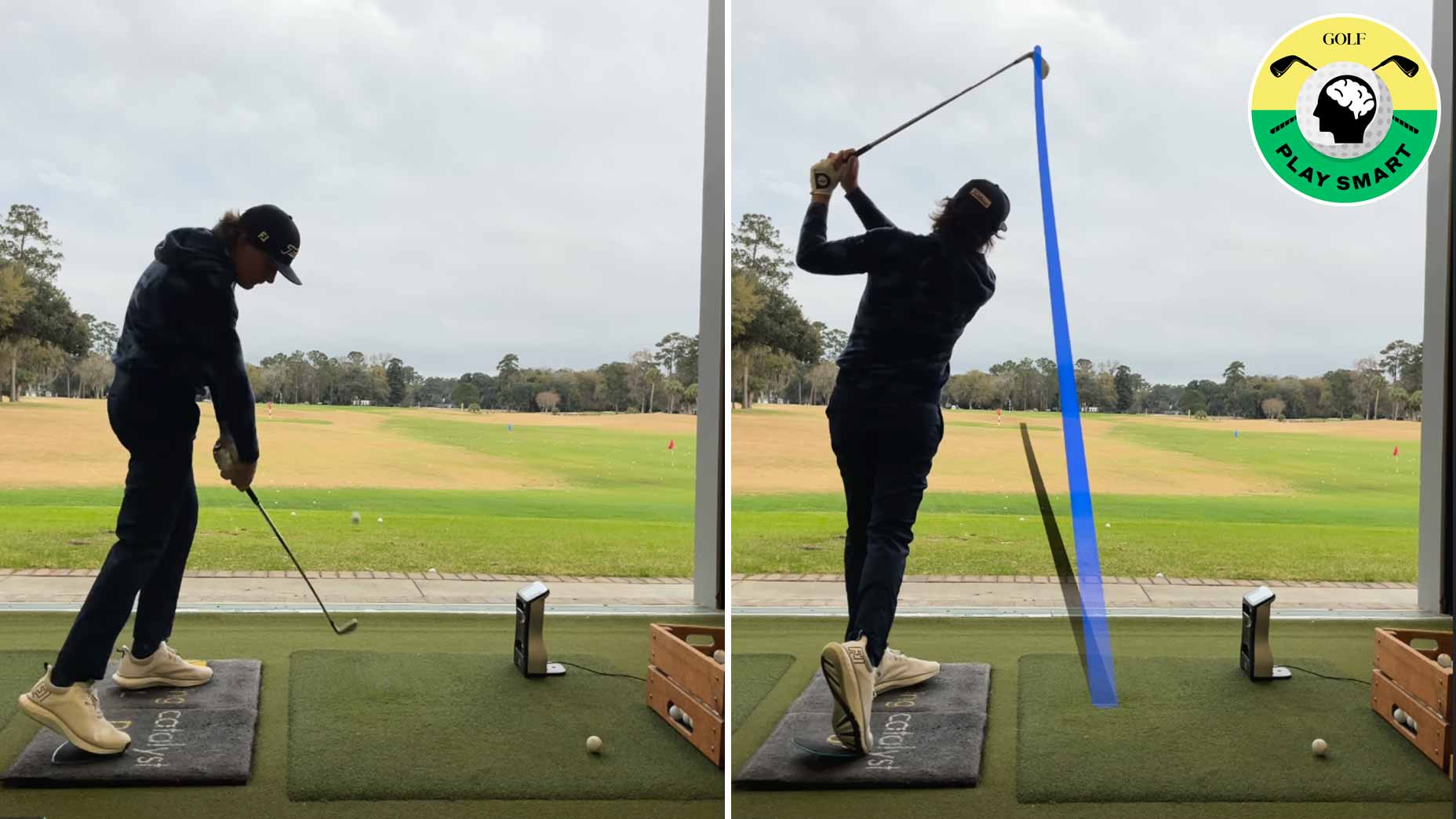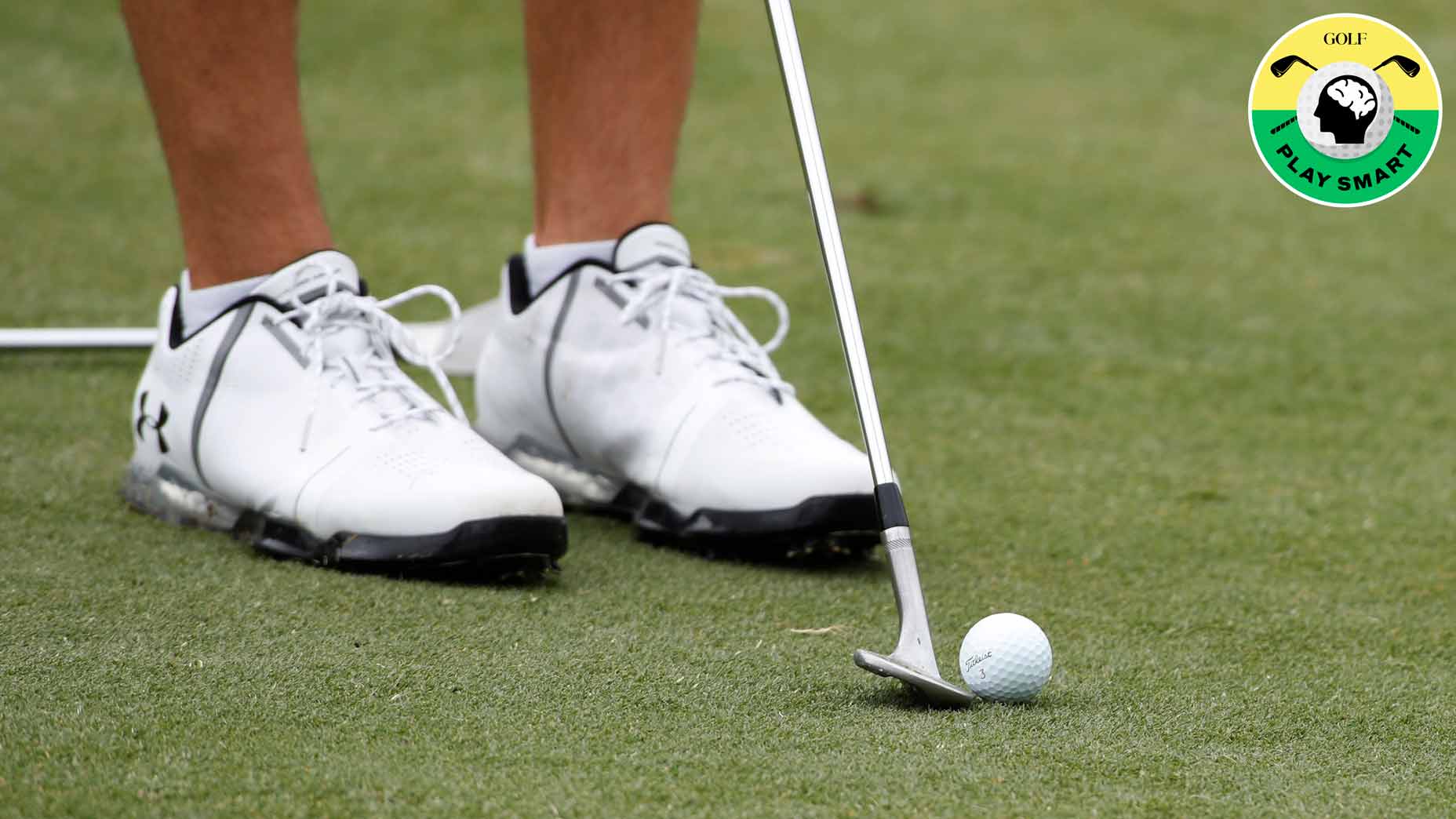Welcome to Play Smart, a regular GOLF.com game-improvement column that will help you play smarter, better golf.
One of the coolest shots to watch pros hit is wedge shot that stops on a dime. It always elicits oohs and aahs from the crowd, and it’s one that weekend warriors try to emulate every time they tee it up.
This shot is possible because of spin. When you clip a shot just right under the correct conditions, the ball will come out with tons of backspin and check up to perfection.
But the one-hop-and-stop shot is not the only reason spin is important in golf. In fact, spin is crucial on nearly every shot you hit — and in ways you might not’ve even realized.
Why spin matters
The amount of spin you put on the ball is contingent upon a couple of key factors: 1. what type of club you’re hitting, and 2. how you’re delivering the club to the ball.
For example, a high-lofted wedge will produce more spin than a lower-lofted long iron. This means that the wedge will have an easier time getting higher in the air and will stop faster when it comes down on the green.
Controlling the amount of spin you put on the ball is one of the keys for knowing where your ball is going to end up. Once you can add or take off spin at will, hitting shots close to the pin becomes a heck of a lot easier.
Your goal should not always be to put as much spin as possible on the ball, though. You need to produce spin in an acceptable range for any given shot in order to have the most success. Below, we outline the risks when having too little spin or not enough.
Not enough spin
When you don’t have enough spin, your ball will likely come out a little bit lower and fly further than you expect. The ball will also have a tougher time stopping on the green once it comes down.
Too much spin
When you’ve got too much spin, the opposite effect will occur. Your ball will come out a lot higher than normal (ballooning) and won’t fly as far as you may expect — especially if you’re hitting into the wind.










